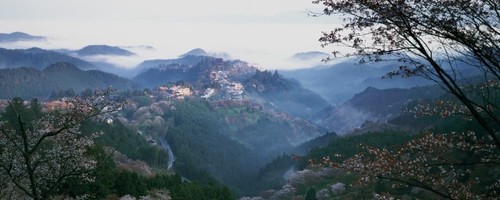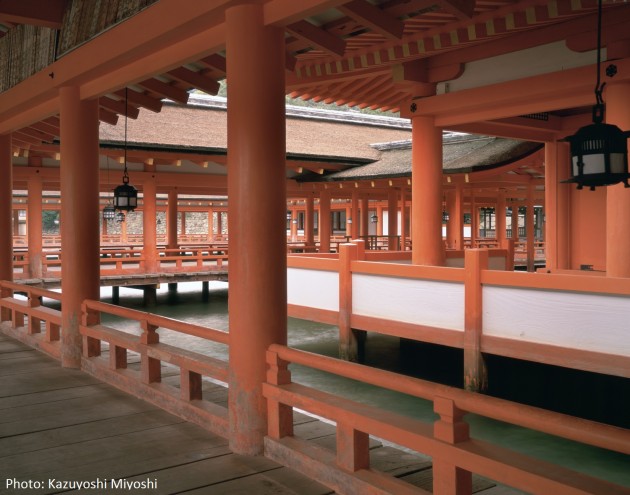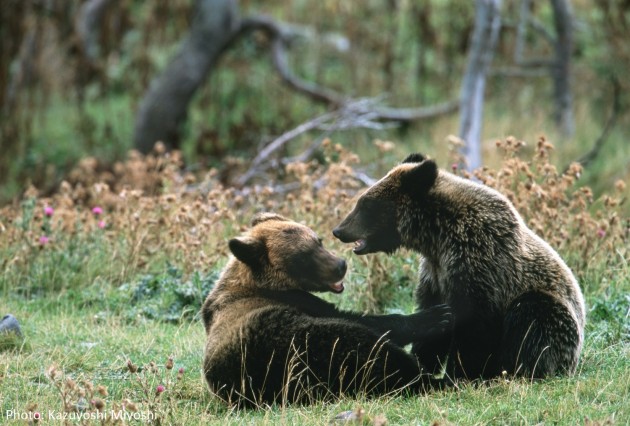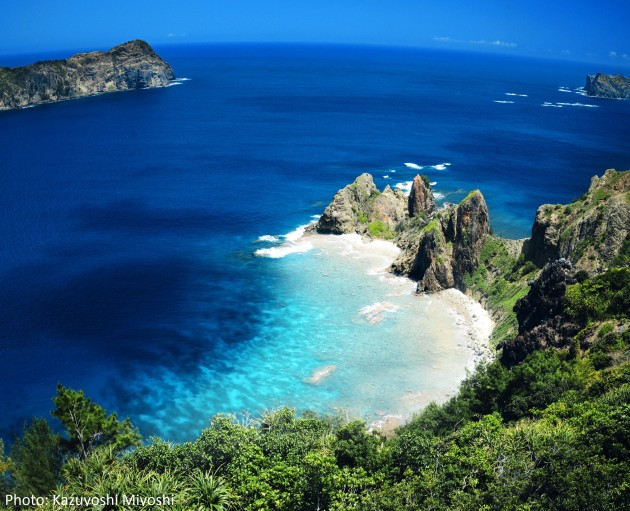The World Heritage Convention is a document adopted in 1972 by a UNESCO (United Nations Educational, Scientific, and Cultural Organisation) general session in Paris. It aims to preserve for future generations cultural and natural legacies that possess conspicuous and universal value. This exhibition therefore seeks to underline the importance of heritage as a cornerstone of our collective history, our present and our legacy.
With diverse natural beauty and a long, distinctive cultural history that produced a rich variety of buildings and other cultural properties which still exist today, Japan has 17 sites on the World Heritage List as of 2013.
Visitors will be treated to a collection of 67 photographs by Kazuyoshi Miyoshi, who was the youngest winner of the prestigious Kimura Ihei Photography Award at 27 years old. Many of his works are included in the permanent collection of the George Eastman House International Museum of Photography and Film in the United States.
Renowned food artist Asako Sasaki will also present a workshop on washoku (traditional Japanese cuisine), which is recognised by UNESCO as an intangible cultural heritage. Washoku is a social practice based on a set of skills, knowledge, practice and traditions related to the production, processing, preparation and consumption of food. It is associated with an essential spirit of respect for nature that is closely related to the sustainable use of natural resources.







